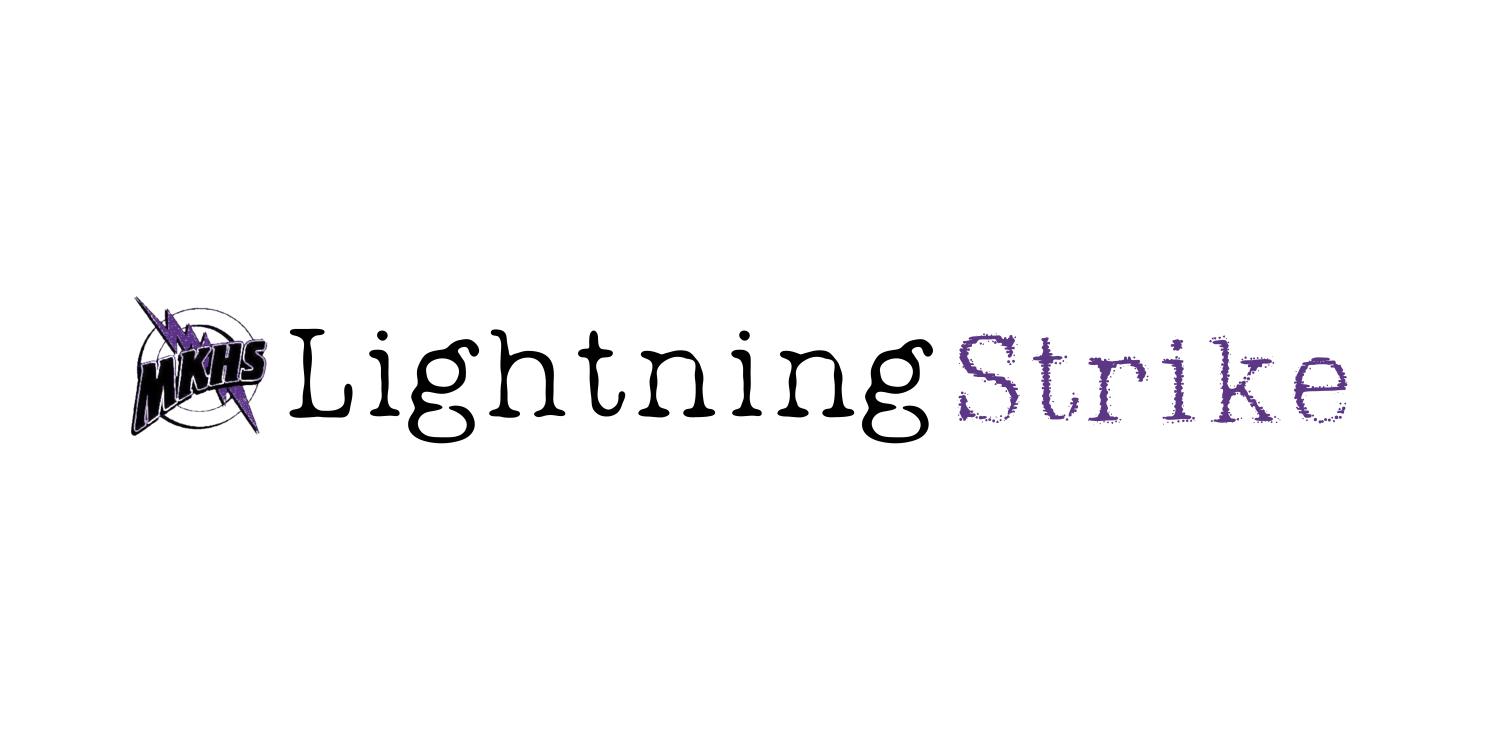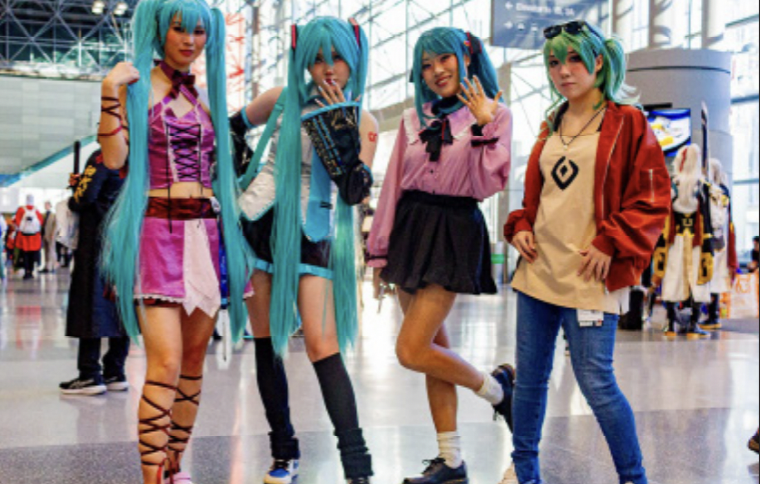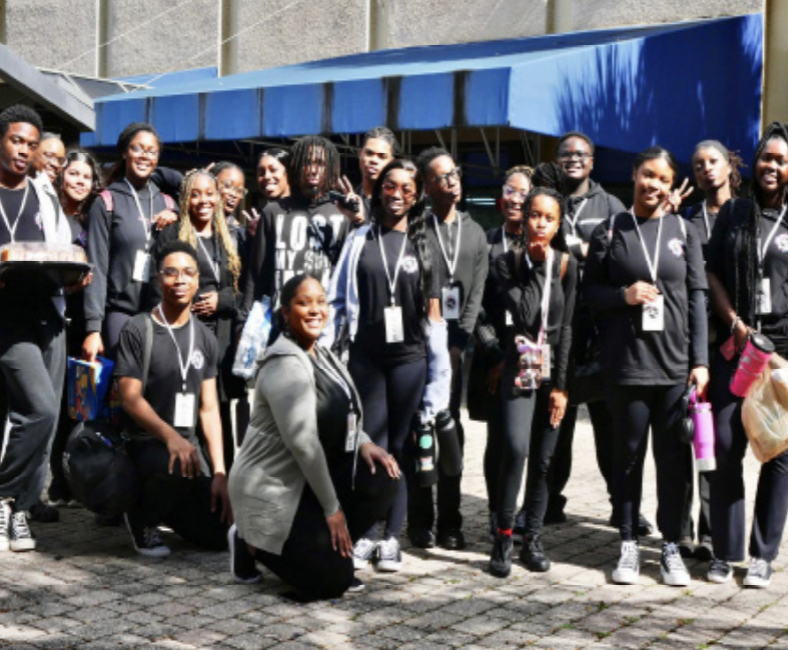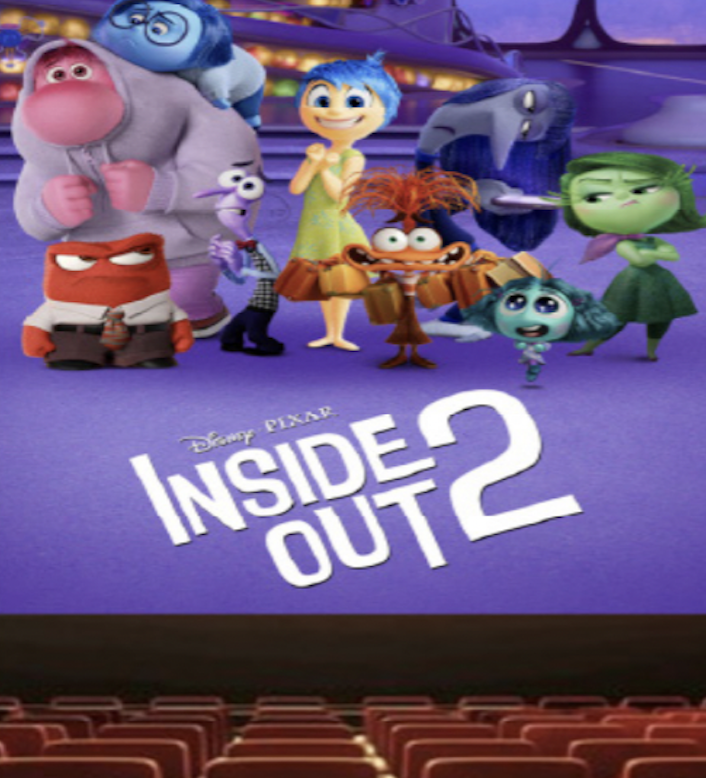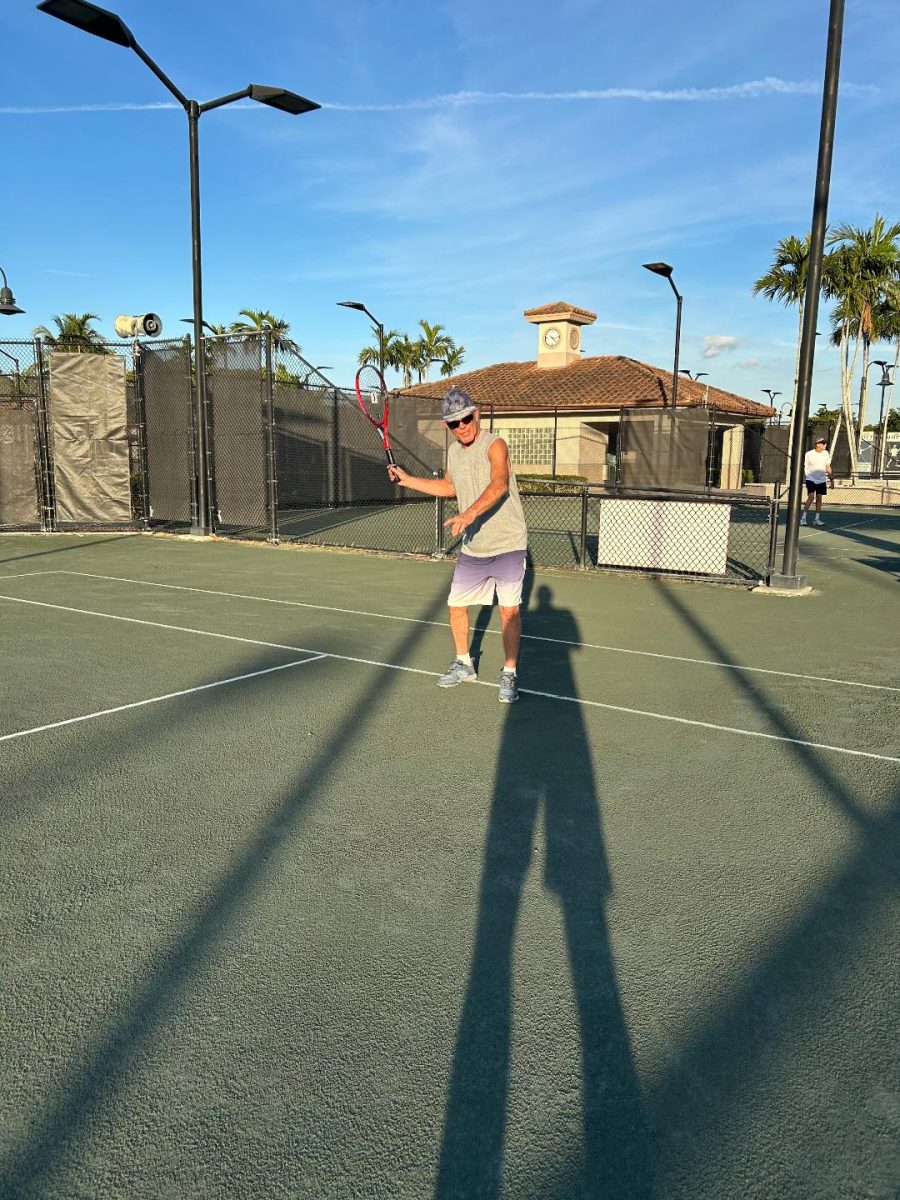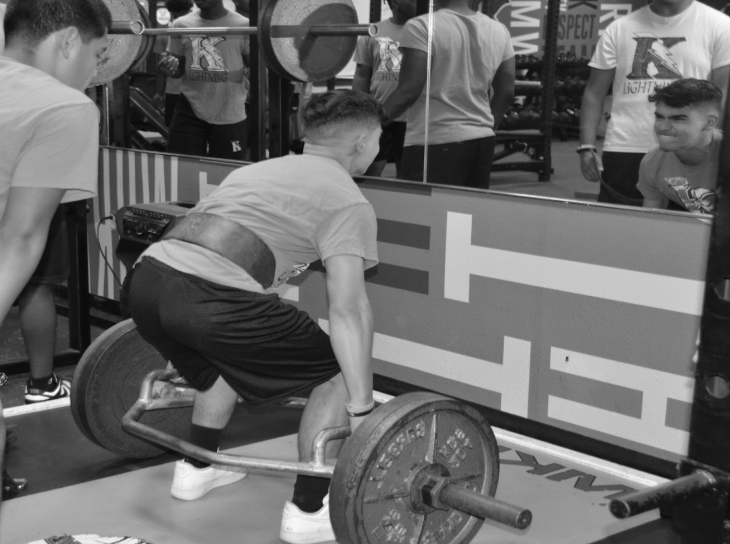While initially targeted to award college athletes for their hard work and dedication to their sport, Name, Image and Likeness (NIL) deals are coming close to ruining high school athletics. In 2021, the Supreme Court made a unanimous decision to allow college athletes to receive compensation for their Name, Image and Likeness (NIL) in NCAA v. Alston, challenging the National Collegiate Athletic Association (NCAA).
The NCAA argues that college athletes are most importantly students, not workers. However, when you take into account the work these athletes put into their sport at a collegiate level, it becomes more of a job and obligation then just an extracurricular activity, which provides a reason for pay.
Prior to NCAA v. Alston, student athletes were not allowed to receive money through their sports, but NIL deals have brought a positive change to collegiate sports. They have the potential to place athletes in a better financial state and provide them with the income they deserve as well as the potential to transform the cohesion of teams and turn college sports into something as competitive as professional sports.
College athletes differ tremendously from high school athletes. College athletics demand a much higher level of performance and competitiveness than high school sports. NIL deals have the opportunity to disrupt a high school team, as even the most talented players will see their ego inflate.
A high school student-athlete’s main focus should be focused in the classroom and on the field. If these athletes are making money from their sport, it could distract them from the classroom.
Moreover, if one athlete in high school is profiting more than his teammates, his team can lose cohesion as a result of jealousy within young teens. “
Athletes in high school are not mature enough to handle NIL deals, leading to disruption in the classroom and on the field,” soccer player David Dickstein said.
It is important to have good relationships and effective teamwork on the field because teams tend to perform better, which leads to success on the field. Both professional players and college athletes are mature enough to handle the money along with their work. This major gap in maturity levels will have a major impact on high school players. The introduction of NIL deals at the high school level will shift focus away from teamwork, causing players to prioritize money over their passion for the game, creating an unsportsmanlike environment.
Initially with NIL deals, there were many consequences considering the fairness and equality in collegiate sports. According to ESPN, Florida was one of the first states to allow NIL deals, which provided them an advantage over other schools, when top athletes decided on their school of choice. If NIL deals were to apply to high school athletics, the consequences will spill into high school sports and create an unfair advantage for certain high schools.
In order to allow high school athletes the ability to be paid for their Name, Image or Likeness, many national and state laws will have to be passed, creating a complex situation, where athletes in some states have more opportunities than others.
High schools that allow players to receive NIL deals will become more likely to be awarded star players, creating an unfair playing field. Highly competitive sports schools that don’t allow players to receive money, will surely become a school for just education as all athletes that believe they should be paid while playing, will transfer immediately.
While introducing NIL deals to college sports has been a work in progress, extending these deals to high school athletes only creates challenges within the players, teams, and schools. High school athletes are at risk and don’t understand the negative effect money can bring into their sport when you involve incentives at a young age. NIL deals involving young teens will destroy a student athlete’s education, personal development, and overall the integrity of high school sports.
